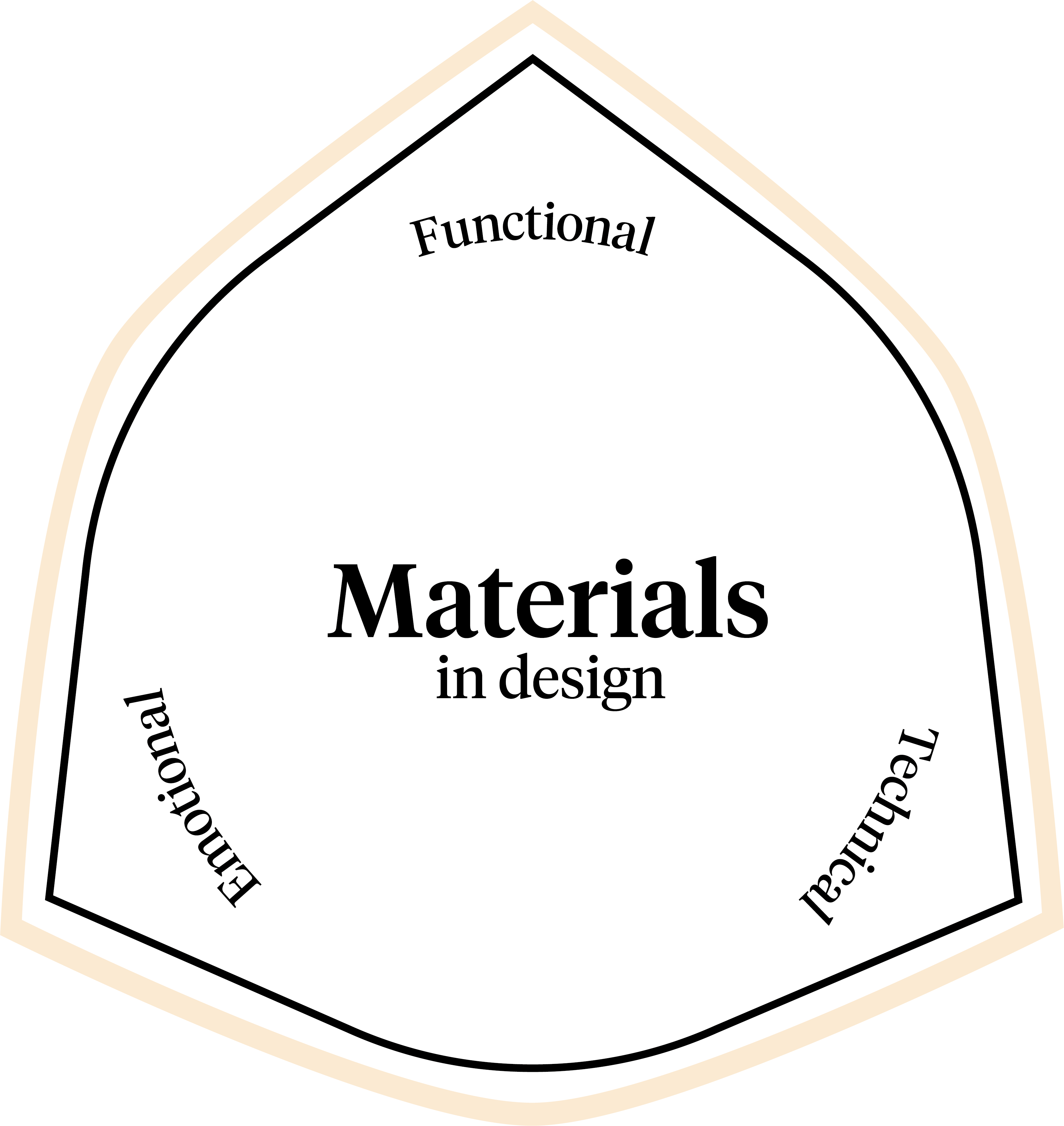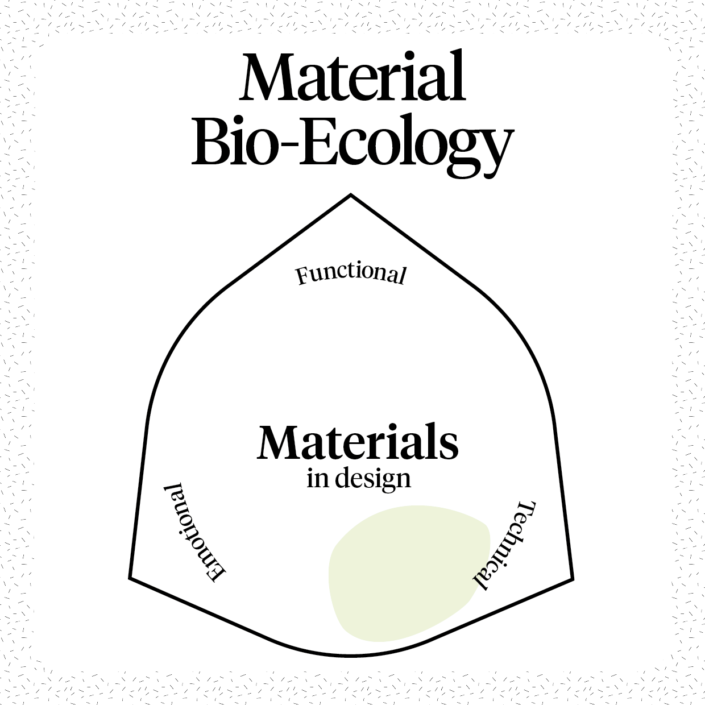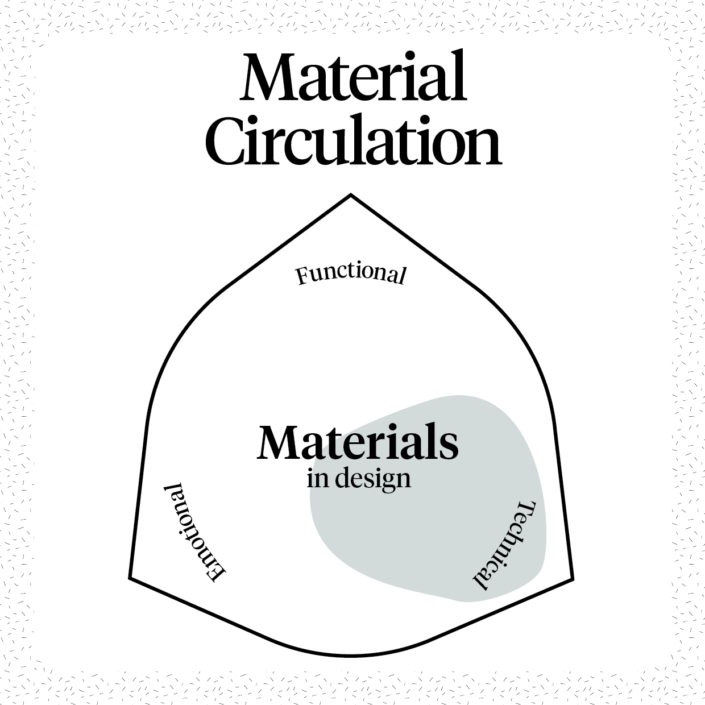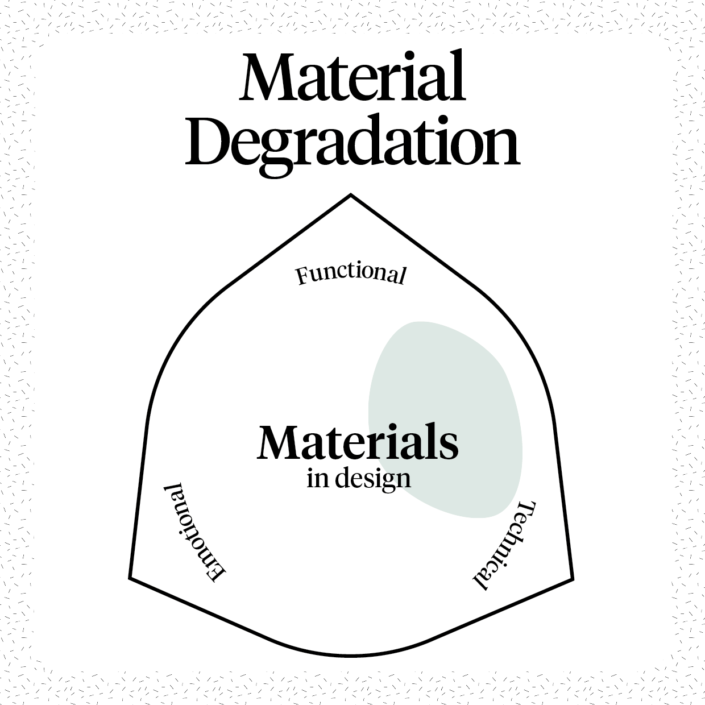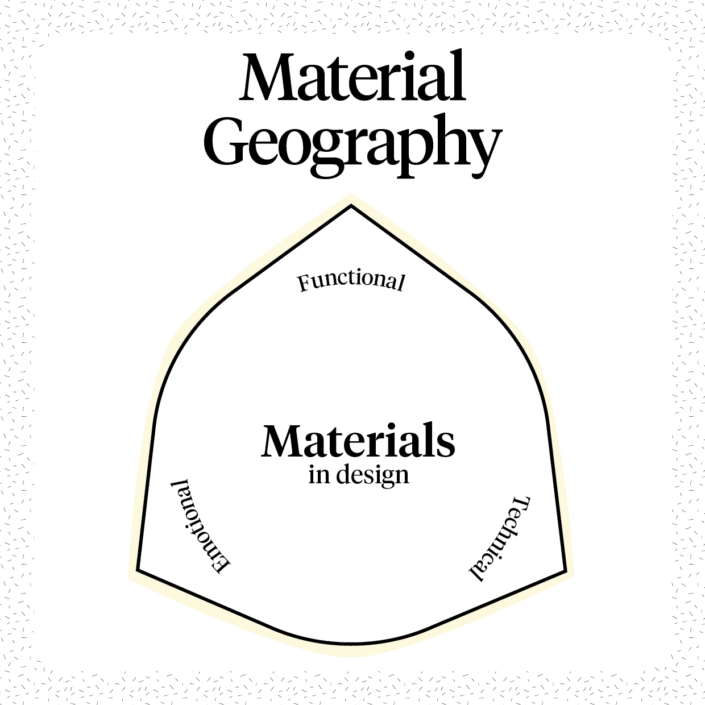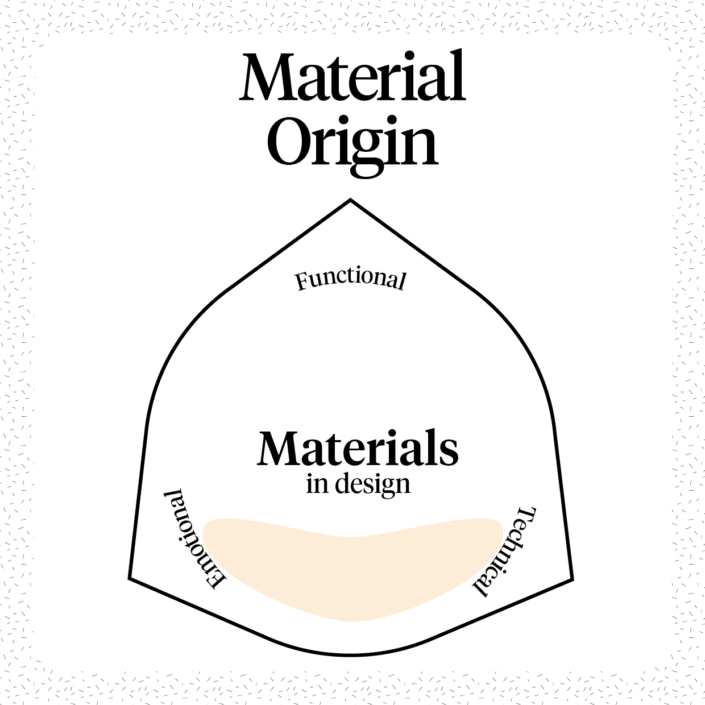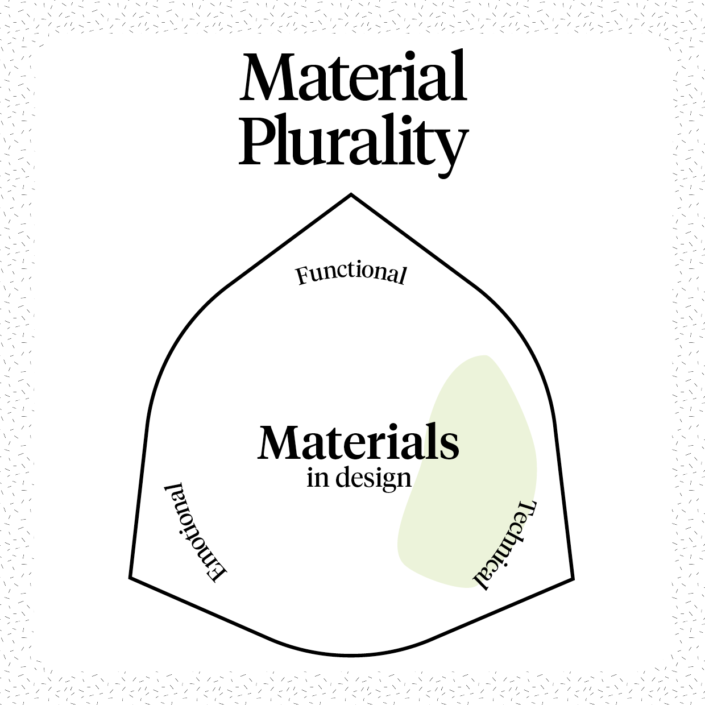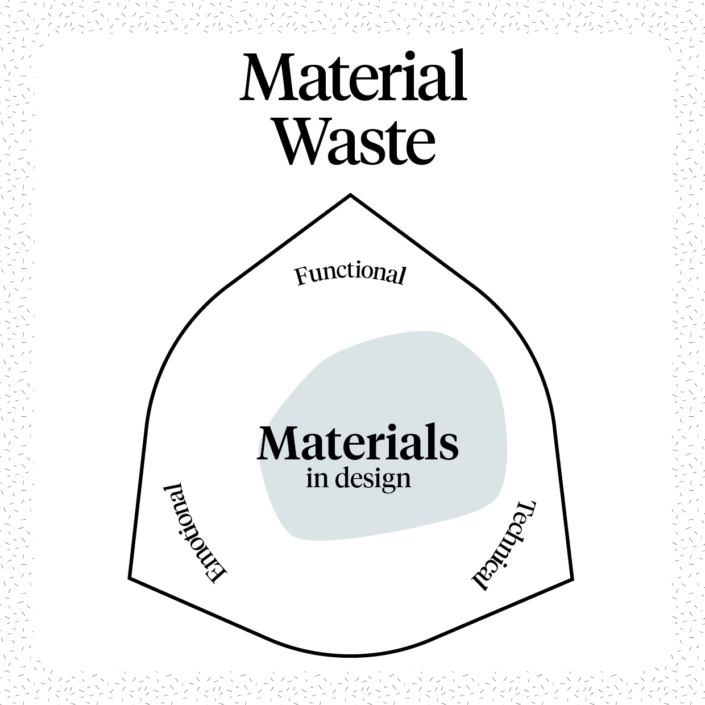What?
Material transparency is concerned with negative environmental and/or social impact that occurs in non-transparent material economies from material resource extraction to material disposal.
Why?
Uncovering and trying to understand traces of materials and how these link to economic interests can raise awareness of unethical or unfruitful implications of material dealings in a global economy. Furthermore, building knowledge on the implications of material economies can qualify ethical reflection in material choices and insights can lead to sourcing and production innovation.
Challenges
- The market is non-transparent and the global material trajectories are extremely complex.
- Different actors might have different interests, which influences the trajectory of the resource.
Examples
- The Reversed Resources organisation have shown how, in Bangladesh, a black economy trading in textile production spillage, prevents circular systems innovation, and thus proposed a new pricing system.
- The mining of raw materials for electronic products contributes to respiratory health issues for workers in the mines, as well polluting water in surrounding communities and generating large amounts of waste.
Further Reading
Bunker & Ciccantell (2015). Globalisation and the Race for Resources. John Hopkins University Press.
Julier (2017). Economies of Design. SAGE.
Souffrant (2019). Global Development Ethics. A critique of Global Capitalism. Rowan & Littlefield.
Yusoff (2018). A Billion Black Anthropocenes or None. University of Minnesota Press.

